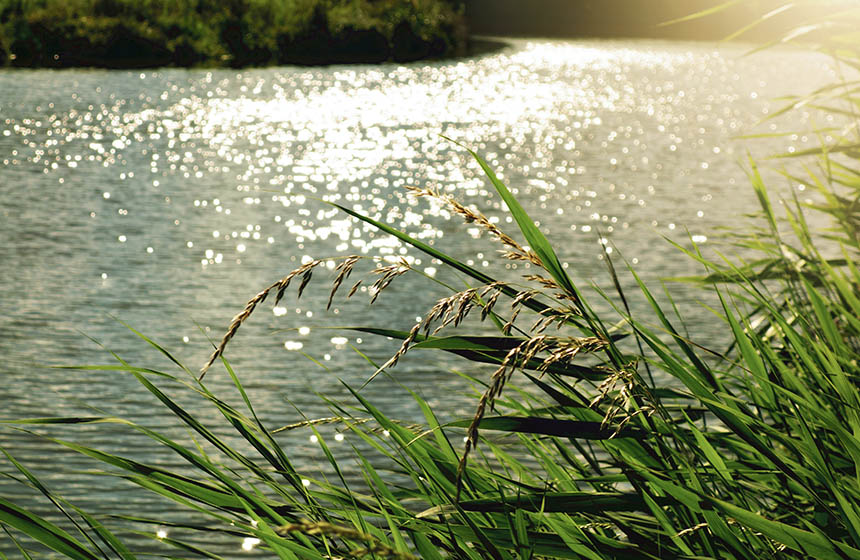River restoration for natural flood management in Eddleston Water
The restoration of a straightened river included re-connecting the river to its surrounding floodplain and creating storage ponds and small wetlands. These measures aimed to improve natural flood management of the catchment while also restoring biodiversity.
Nature-based Intervention:
Eddleston Water was a straightened river that risked flooding 500 properties downstream. Therefore, the Scottish Tweed Forum embarked on an assessment of the natural flood management potential associated with restoring Eddleston Water. Working with local landowners, they managed to plant over 200 hectares of native trees, create cross-slope hedgerows, and install 116 log barriers on high tributaries to create small wetlands. Furthermore, 28 flood storage ponds were created, three kilometres of the main river were re-meandered, and several embankments were removed reconnecting the river with its surrounding floodplain.
Overview of context and outcomes:
Straightened rivers, as opposed to natural meandering rivers, are associated with negative environmental impacts caused by faster flows, the diversion of rivers from natural recharge points, and the disruption of natural wildlife habitats. The combined interventions implemented are intended to reduce flood risk in the river catchment as well as restore the natural ecosystem of the river.
Case effectiveness on
Climate change
Benefits from carbon storage as a result of the river restoration are estimated to be worth £GBP 717 thousand (net present value) over 100 years.
Analysis reported that flood peaks were reduced by 30% and delayed by over four hours, avoiding an estimated £GBP 950,000 of flood damages and protecting 500 properties downstream.
Ecosystem health
Ecological effect: PositiveIt is reported that gravel banks and pools formed by the restoration of the river have improved habitat quality which has led to an increase in spawning salmon and other fish. Ecological status of the river has been improved from ‘bad’ to ‘moderate’ under the EU Water Framework Directive Assessment.
Socioeconomic outcomes
The project has worked with landowners, farmers and foresters to ensure continued profitability for local industries while also supplying reduced flood risks and potential for economic damages to surrounding areas.
Governance
The Tweed Forum, which works on the Tweed water catchment, organized a partnership between government bodies, NGOs, local landowners, and regional communities to address the flooding risk presented by the Eddleston Water.
Finance
The project is financed by the Scottish Government and the Scottish Environment Protection Agency (SEPA).
Monitoring and evaluation
A highly comprehensive monitoring program has been implemented with hydrometric network monitoring, groundwater monitoring, water quality measurements as well as ecological and geomorphological surveys.
Trade-offs and limitations
No information yet available on tradeoffs and limitations.

Intervention type
- Created habitats
- Restoration
Ecosystem type
- Created wetland
- Streams, rivers, riparian
- Wetlands
Climate change impacts addressed
- Freshwater flooding
- Reduced water quality
Instigators
- International development organization
- Local NGO or CBO (eg. indigenous)
- National government/agency
Societal challenges
- Biodiversity conservation
- Climate change adaptation
- Climate change mitigation
- Disaster risk reduction
- Water security
Outcomes
- Food security: Not reported
- Water security: Positive
- Health: Not reported
- Local economics: Not reported
- Livelihoods/goods/basic needs: Not reported
- Energy security: Not reported
- Disaster risk reduction: Positive
- Rights/empowerment/equality: Not reported
- Conflict and security: Not reported
- No. developmental outcomes reported: 4
Resources
Read resource 1Read resource 2
Read resource 3
Read resource 4
Literature info
- Grey literature


